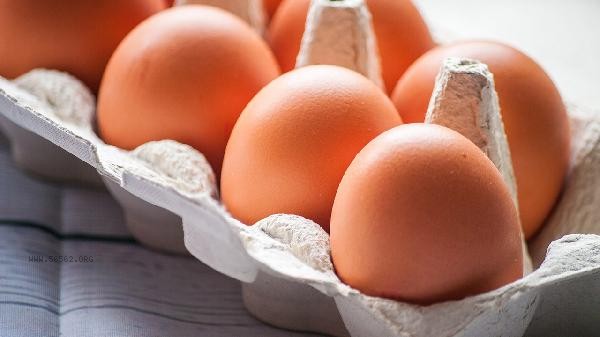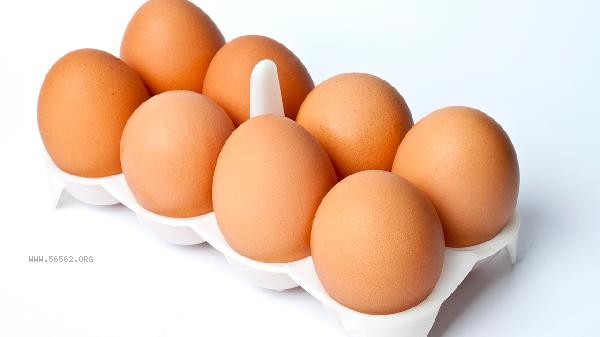The key to the easy peeling of boiled eggs lies in controlling temperature changes and cooking time. It mainly includes room temperature placing before boiling, cold water boiling, adjusting the low fire after base note, rapid cooling after boiling, shelling techniques, etc.

1. Store at room temperature before cooking
When directly cooking refrigerated eggs, the temperature difference between hot and cold can cause the egg membrane to adhere to the protein. It is recommended to remove the eggs from the refrigerator and let them stand at room temperature for about ten minutes, allowing the surface temperature of the eggshell to approach the water temperature before putting them into the pot. This step can effectively reduce the thermal expansion and contraction effects during the cooking process, making it easier to separate the eggshell from the protein.
2. Boil eggs in cold water
Eggs should be heated simultaneously with cold water to avoid sudden cracking of eggshells caused by boiling water. The amount of water should be completely below the egg, and slowly heating over medium heat can allow the heat to penetrate evenly. When the water temperature reaches around 60 degrees, the egg whites begin to slowly solidify, and this gradual heating method can form a smoother protein surface.
3. Turn down the fire after the water boils down. It is recommended to maintain a slight boiling time of eight to ten minutes for fully cooked eggs, during which the egg white is completely solidified and the yolk has just passed the soft core stage. Accurately controlling the time with a timer, excessive cooking can cause the protein to produce hydrogen sulfide, leading to green edges.
4. Quickly cool after boiling

After turning off the heat, quickly transfer the egg to ice water and soak for five minutes. The principle of thermal expansion and contraction will cause the egg membrane to shrink and detach from the eggshell. Gently crack the eggshell during cooling to form fine cracks, allowing cold water to seep into the gaps between the membrane shells. This step can significantly improve the success rate of shell peeling, especially suitable for situations that require batch processing.
5. Peeling technique
After cooling, gently roll the egg on the table to evenly break the shell, and start peeling off large pieces of the eggshell from the end of the air chamber. Rinsing with running water during shell peeling can remove residual broken shells, while the water flow can lubricate the interface of the shell film. If local adhesion is found, a spoon can be used to gently pry along the gap to fully preserve the smoothness of the protein surface. Eggs with moderate freshness are more suitable for perfect shelling, while eggs stored for seven to ten days are easier to handle due to the larger air chamber. When cooking, a small amount of salt or white vinegar can be added to help solidify the protein, but it is important to note that too much vinegar can affect the taste. For enthusiasts of soft boiled eggs, the cooking time can be shortened to six minutes, and the above peeling method can also be applied after cooling. When storing eggs in daily life, pay attention to placing the tip downwards to help keep the yolk in the center position.









Comments (0)
Leave a Comment
No comments yet
Be the first to share your thoughts!